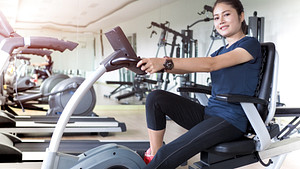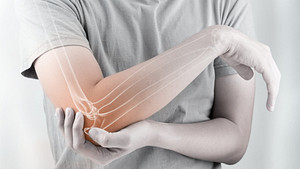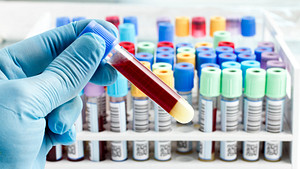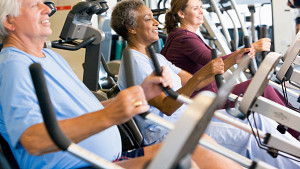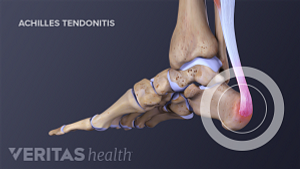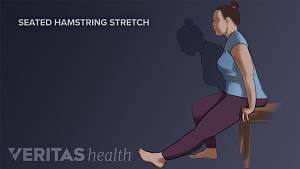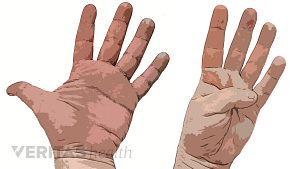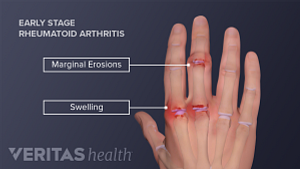NSAIDs, steroids, DMARDS, biologics, and JAK inhibitors are the five medications most commonly used to treat symptoms of rheumatoid arthritis.
Rheumatoid
Please see the index below for a list of all our articles on Rheumatoid Arthritis.
If you are new to the subject, we recommend starting with: What Is Rheumatoid Arthritis (RA)?
Learn four ways exercise can help relieve the symptoms and long-term effects of rheumatoid arthritis. Guidelines getting enough exercise—and what to do if exercise is too painful—are also included on this page.
Rheumatoid arthritis can affect any one of the 30 joints of the foot and ankle, making it very difficult to walk. Learn how RA can affect the feet and ankles and what treatment options are available.
These gentle stretches can help east morning joint stiffness caused by rheumatoid arthritis. These stretches are designed for the wrists, elbows, shoulders, feet, ankles, knees and hips. Stretching can help you loosen up joints, get blood flow moving, and maintain mobility.
These four hand exercises are designed to help people with rheumatoid arthritis improve dexterity and strength in their fingers, thumbs, and wrists. Doing them regularly may make it easier to grip, pinch, and hold objects.
Certain joints in the hand are especially susceptible to rheumatoid arthritis (RA). Inflammation, swelling, and stiffness occur in the knuckles and wrists when the immune system attacks a synovial joint’s delicate membrane.

